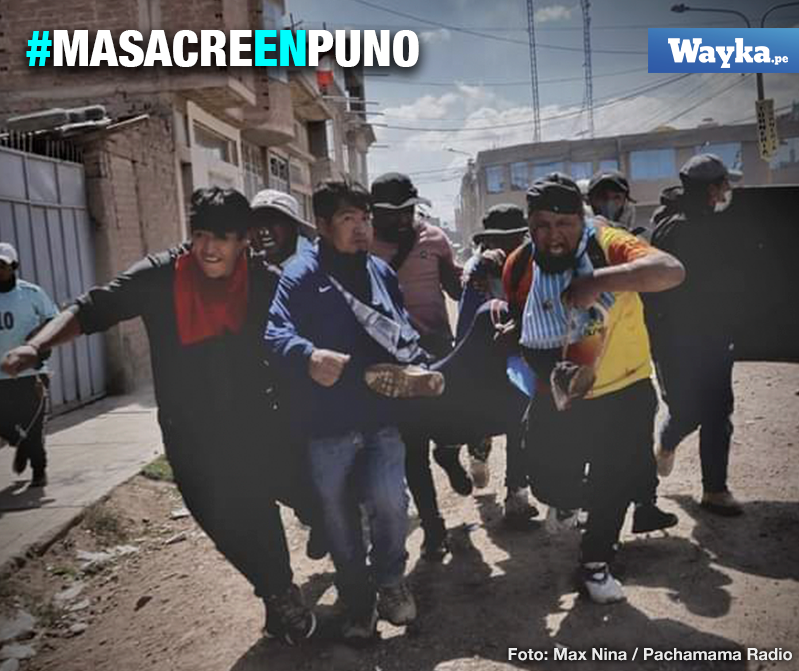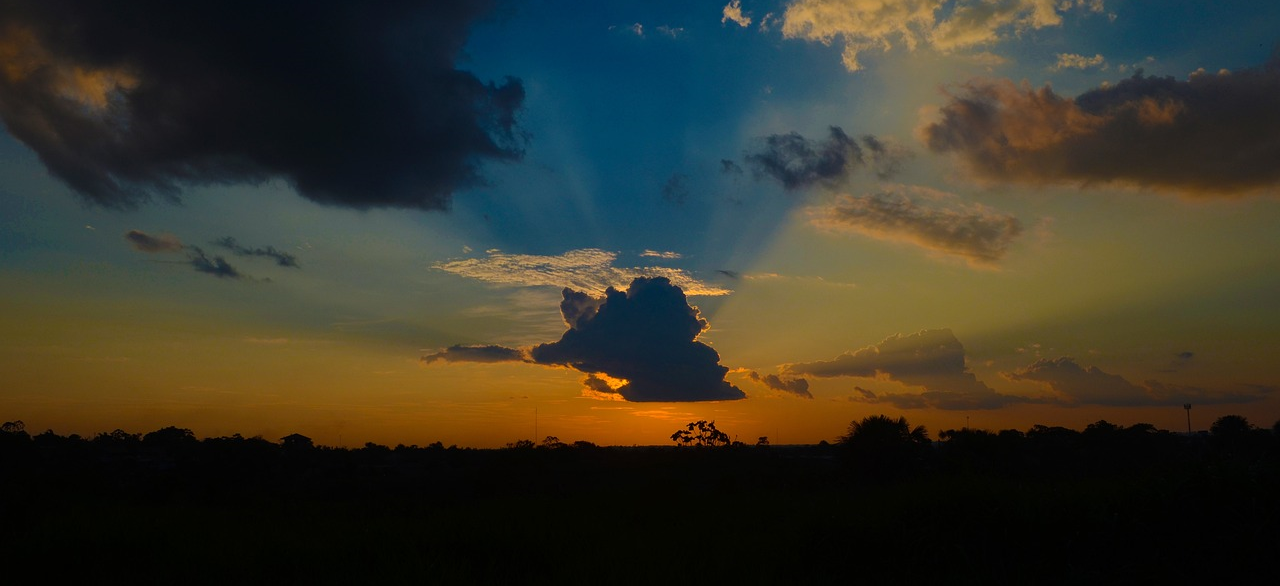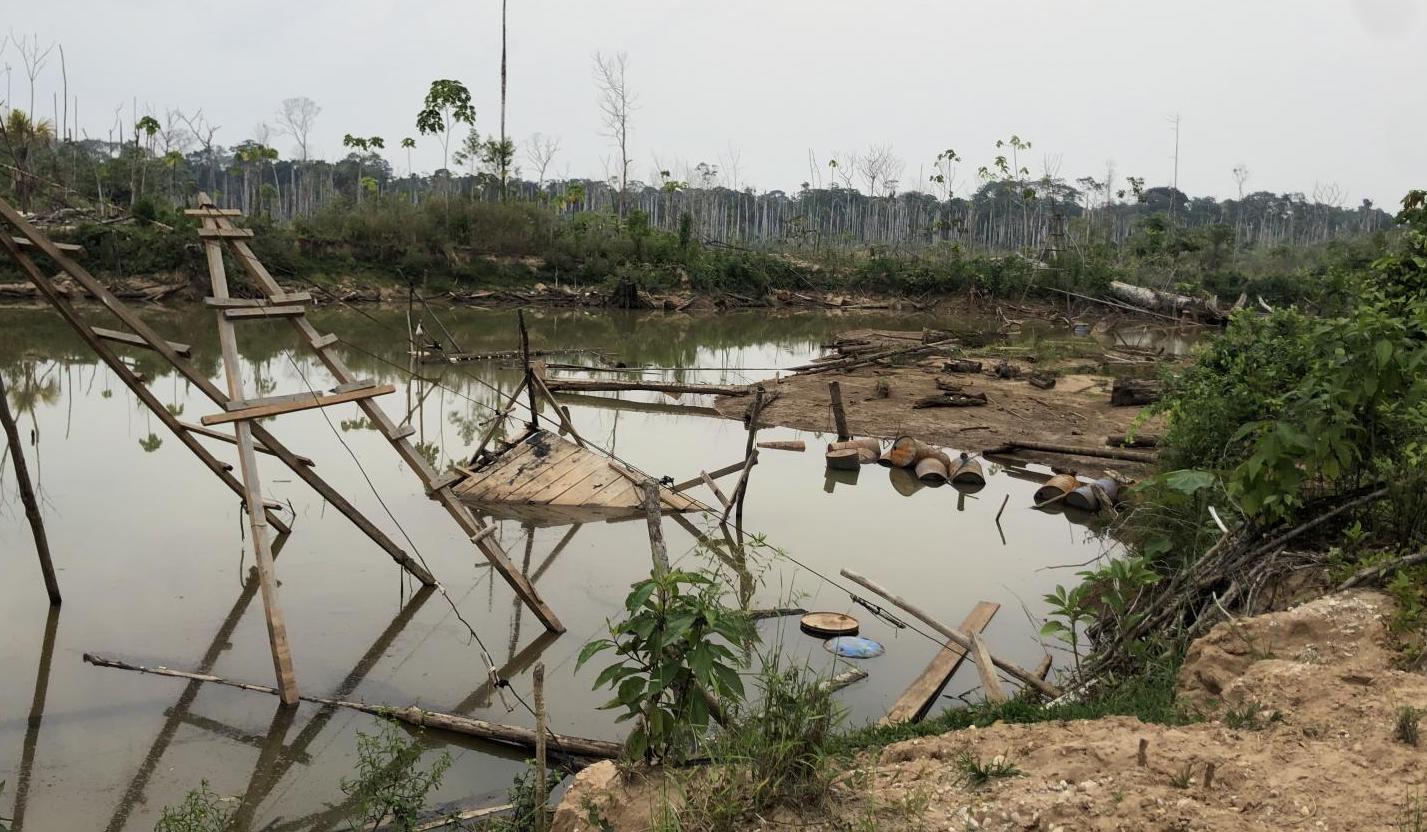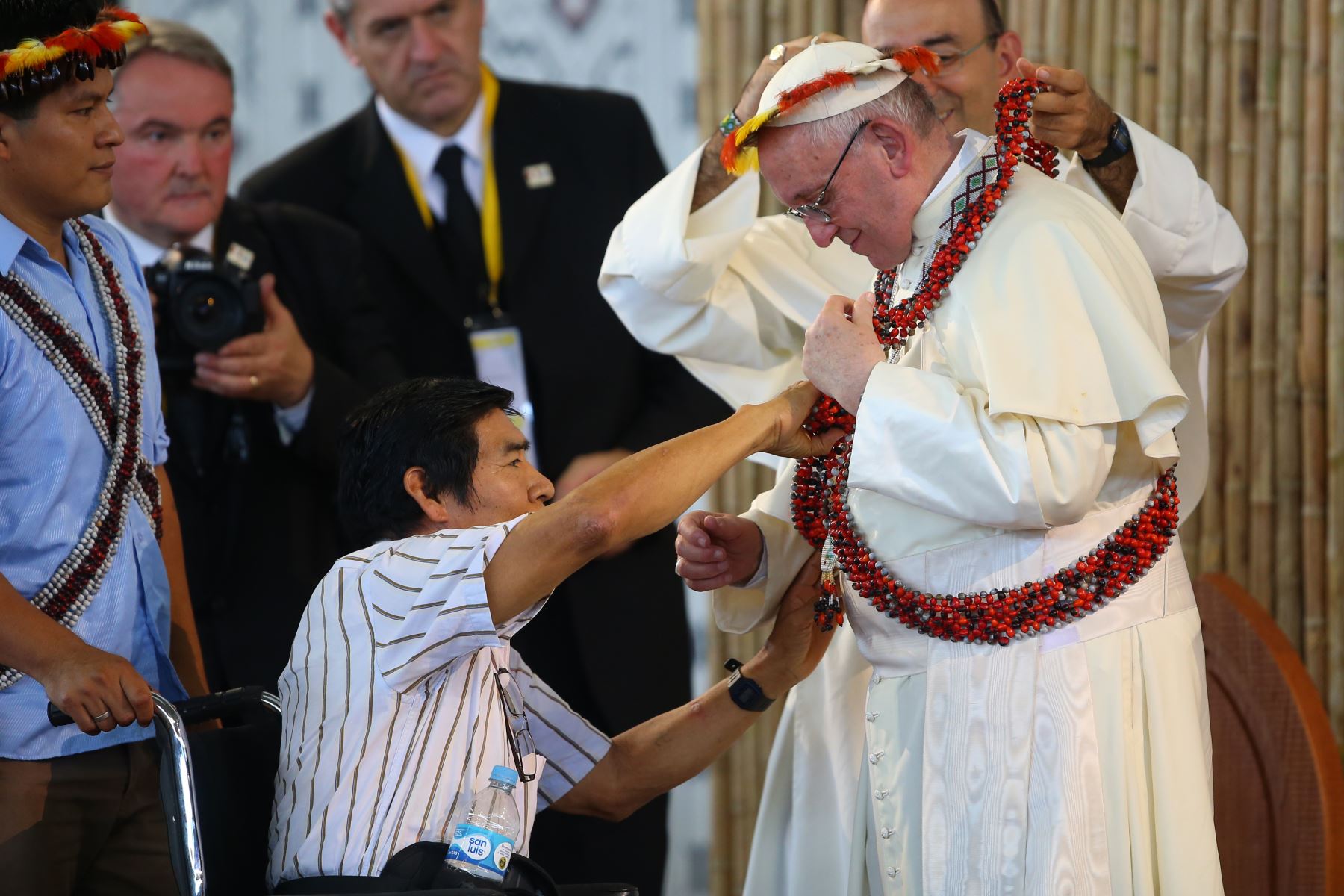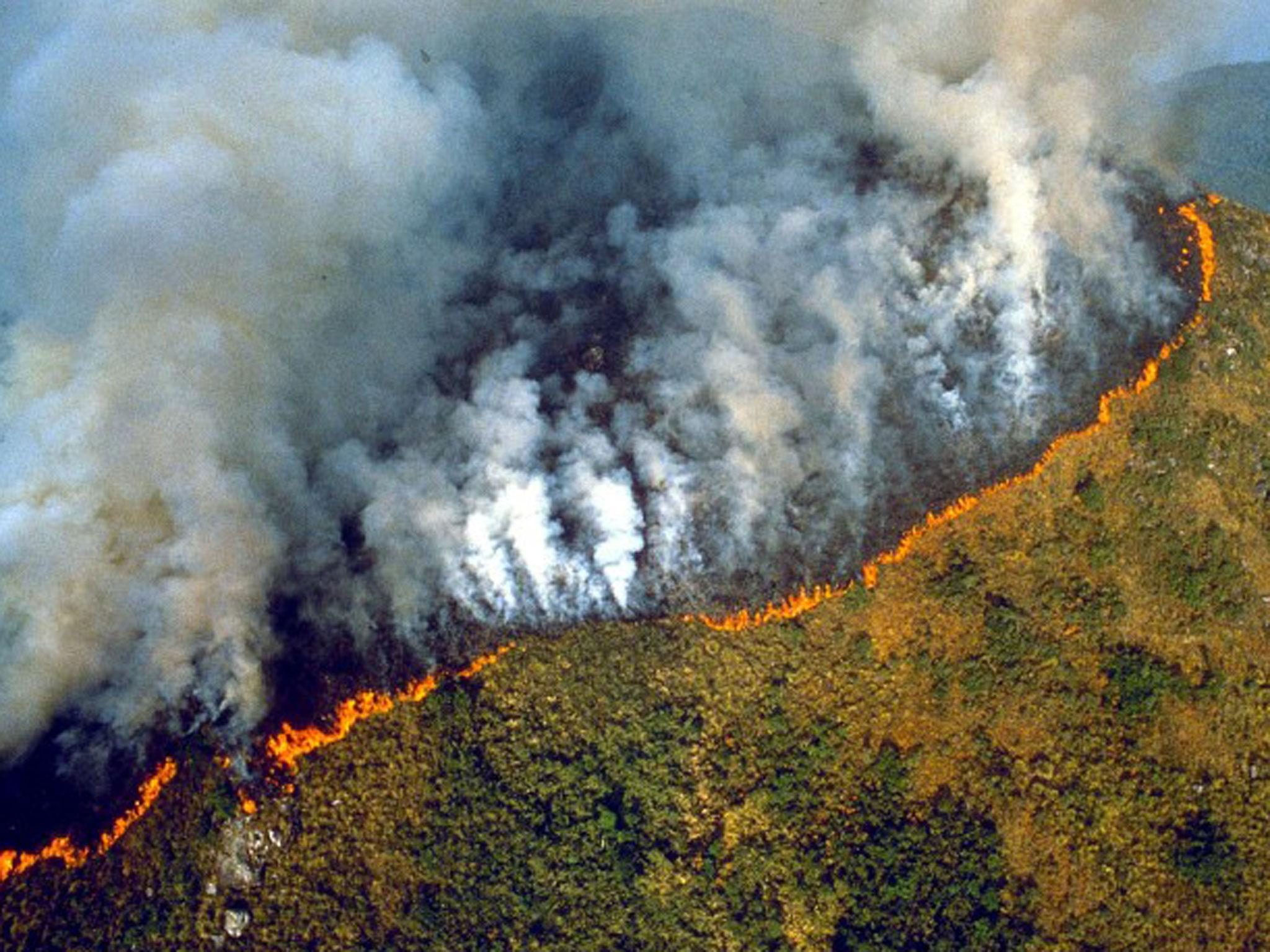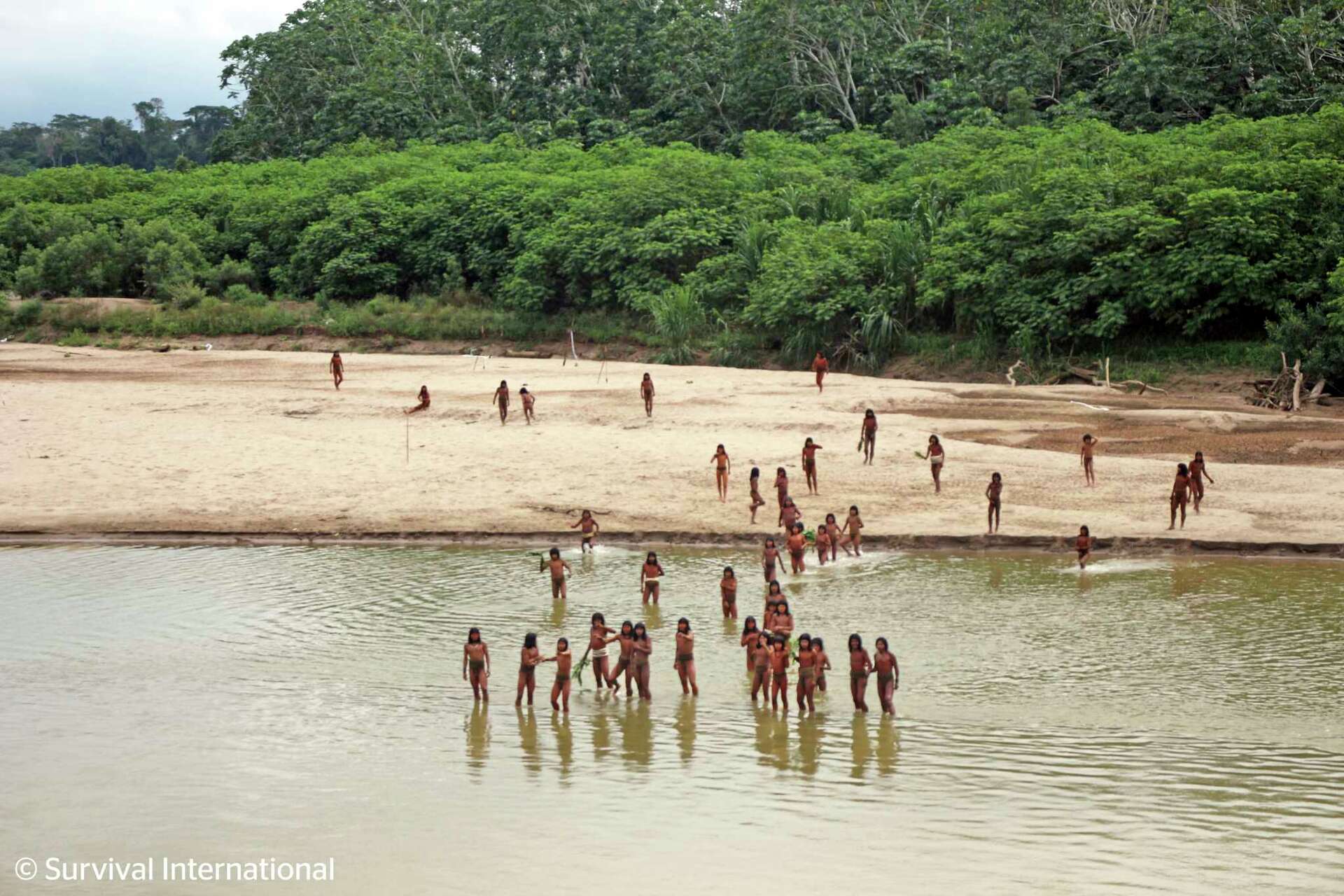
Peru: ‘uncontacted’ tribe attacks loggers
Peru’s reclusive Mashco Piro people used bows and arrows to attack loggers encroaching on their territory in the Amazon, according to a regional indigenous organization. FENAMAD, representing 39 indigenous communities in Cuzco and Madre de Dios regions, said that it believes illegal logging was taking place on Mashco Piro territory and that one logger was injured in the attack. Days before the incident occurred, photos emerged of some 50 members of the isolated tribe apparently searching for food on a river beach—which advocacy group Survival International said is evidence that logging concessions are “dangerously close” to its territory. (Photo: Survival International)



